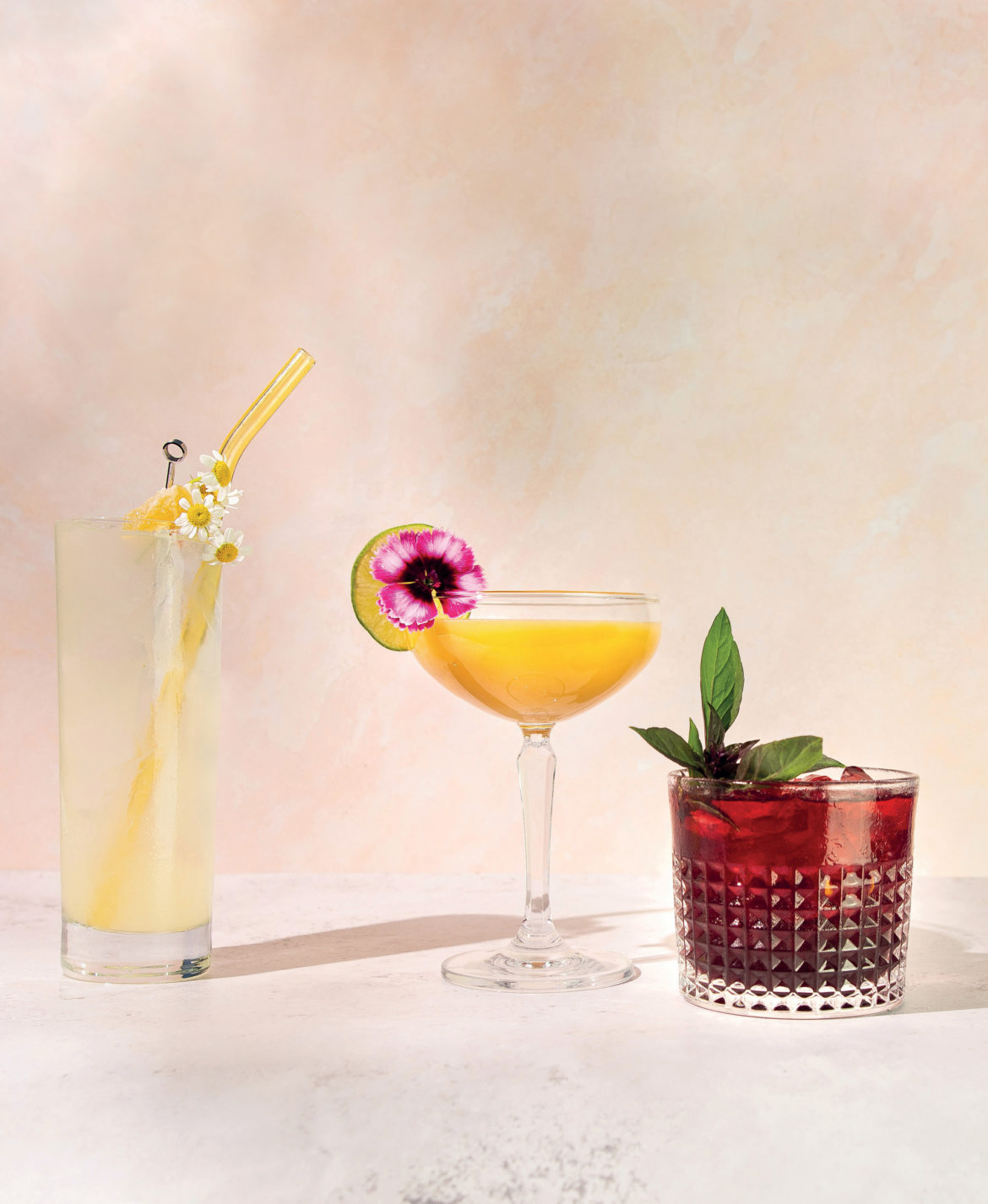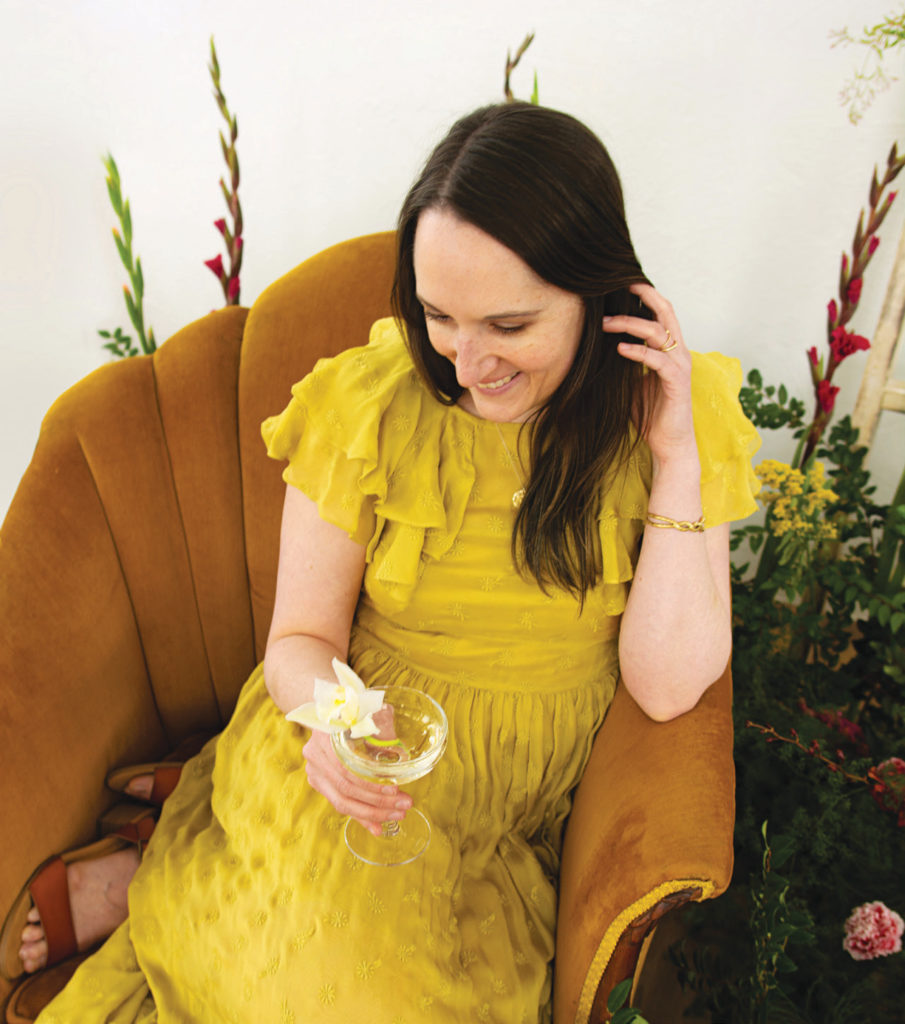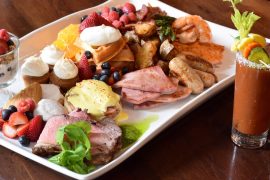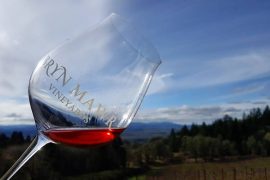Mixologist brings flavors of flower buds to taste buds in flower-infused cocktails
Interview by Cathy Carroll
Alyson Brown’s longtime love affair with flowers fully blossomed in 2017 when she founded Wild Folk Flower Apothecary botanical skincare in Bend. She began infusing flowers into her tea, baths, food and, of course, cocktails. She self-published The Flower-Infused Cocktail available at
www.theflowerinfusedcocktail.com, just in time for summer.
Tell us about your start in using flowers in mixology.
I began posting flower-infused cocktails on my Instagram feed and soon I was asked to mix and serve my drinks at social events, private par ties, and community gatherings. I included flowers in every drink I made, whether it was simple syrups, a base spirit-infusion or simply a garnish.
When first beginning my journey with flowers, it was the symbolism and history behind the flowers that really intrigued me. One of my very favorite things about the book is the inclusion of folklore for each flower represented.
In compiling recipes for the book, did you encounter any surprising flavors or discoveries? What is the most unusual flavor, flower or plant in your drinks?
I was genuinely surprised about some of the flowers that are edible—gladiolus and freesia to name a few. Others I knew were edible but never considered including them in a cocktail until diving into flavor profiles. One of those is amaranth. A staple grain for many historic civilizations, yet who knew that it could be puffed and made into a nutty and earthy-tasting simple syrup? It’s delicious.
How do you research which flowers to use? Do you forage?
I started planning the book with a spreadsheet that listed all the edible flowers I could use, how I’d use them, their flavor profile, and spirit pairing. I had close to eighty flowers on the spreadsheet but settled on sixty-three to feature in the book. Sometimes it was the flavor of the flower that determined the drink, and other times it was the history or symbolism behind the flower.
I do forage! A few flowers in the book may only be accessible via foraging. I always recommend when foraging, to do so with intention. Never take more than you need, never pick an area clean, and leave a few behind to attract pollinators.
Which flowers make good mocktails? Do any have special properties?
I love a good mocktail, and have a section in the book with zero-proof drinks, though many cocktails can definitely work as mocktails. I like to sub the base spirit with either a non-alcoholic alternative such as tea, kombucha or seltzer.
A few cocktails in the book utilize the properties of flowers. Chamomile is possibly one of the best-known flowers for lulling one to sleep, so I added it to the Chamomile Toddy, a classic nightcap. Borage has been rumored to have a cooling effect in drinks. Before the invention of ice, it was used in a cooling drink called a claret cup, which consisted of water, lemon, sugar, borage flowers and wine. Knowing this, I added borage flowers to the Nepenthean Fizz, a riff on one of my favorite summer sippers, to bring on the chill for balmy summer evenings.
“When first beginning my journey with flowers, it was the symbolism and history behind the flowers that really intrigued me. One of my very favorite things about the book is the inclusion of folklore for each flower represented.”
— Alyson Brown









